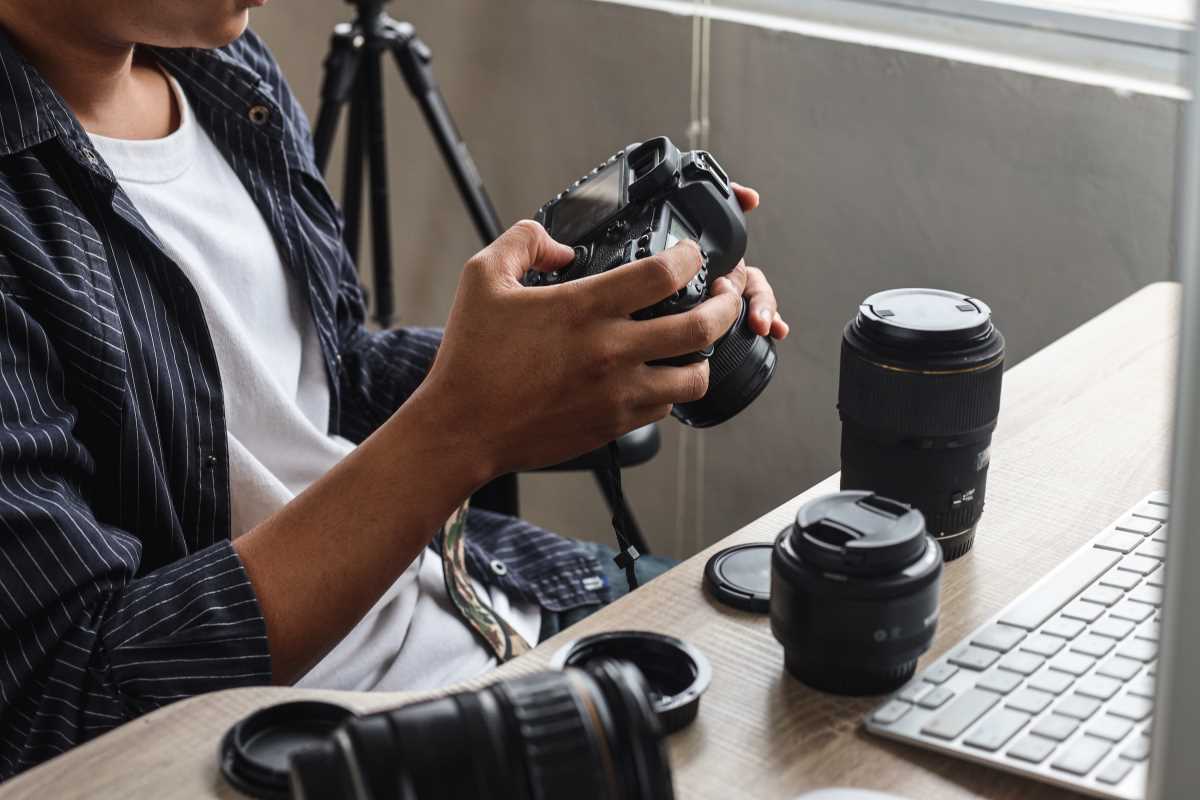Sharing the journey behind short-term builds adds depth to your work. By showing early prototypes, changes, and even setbacks, you invite others to connect with your creative process. This approach highlights your adaptability and growth, turning each project into a story rather than just a result. Include brief captions that explain why you chose specific features or overcame certain challenges. Focus on clarity over flashy effects—visitors value insight and honesty. Sharing what worked and what didn’t makes your portfolio more engaging and memorable, encouraging deeper exploration and building trust in your skills.
Practical Steps to Bring Your Work to Life
- Organized Content Layout
- Arrange key sections—about, projects, contact—in a logical order so visitors can find information swiftly.
- Steps to implement:
- Sketch a wireframe of the header, project gallery, and footer.
- Assign descriptive titles and brief explanations to each block.
- Test navigation on both mobile devices and desktops.
- Tip: Assign unique IDs to each section to enable smooth scrolling from navigation links, making navigation easier for new visitors.
- Consistent Visual Theme
- Pick a unified color scheme and typography set to visually tie together various weekend experiments.
- Start with:
- Two primary colors and one accent color.
- A pair of complementary fonts for headings and body text, ensuring readability.
- Apply these consistently across:
- Buttons
- Links
- Background elements
- Tip:
- Use open-source design systems for ready-made palettes.
- Use browser extensions to extract color codes from favorite websites.
- Save your palette in a digital style guide file to prevent mismatches when adding new project images.
- Interactive Examples
- Embed short code snippets or interactive elements so visitors can test features live.
- Best practices:
- Wrap code in sandbox environments like JSFiddle or CodePen.
- Include a brief instruction comment with each snippet.
- Check performance on slower internet connections.
- Tip: Limit code samples to under 100 lines to keep loading times short and encourage interaction without overwhelming visitors.
- Clear Call-to-Action Prompts
- Prompt users to interact by placing action cues at strategic points.
- Implementation:
- Conclude each project description with a question or suggestion (e.g., “Try this layout hack yourself”).
- Link to downloadable templates or your contact form.
- Track click rates using simple analytics scripts.
- Tip: A/B test two versions of your call-to-action text in the same spot over a week to determine which wording is more effective.
- Personalized Branding Elements
- Add personal touches like:
- A custom favicon
- Signature color swatch
- Illustrated avatar
- How to do it:
- Create a simple icon reflecting your initials or favorite symbol.
- Generate a matching favicon set in various sizes.
- Integrate assets into your site's header and browser tab.
- Tip: Use free favicon generators and host your favicon/avatar images on a fast CDN to reduce loading delays and give your site a polished look immediately upon opening.
- Add personal touches like:
Design Details That Show Your Personality
Show your personality through thoughtful design details like rounded corners, clean white space, and subtle scroll animations. These small touches enhance your work without distraction and reflect your care for both style and user experience. With personal elements and smooth performance, your site will leave a lasting impression and open doors to new opportunities.







